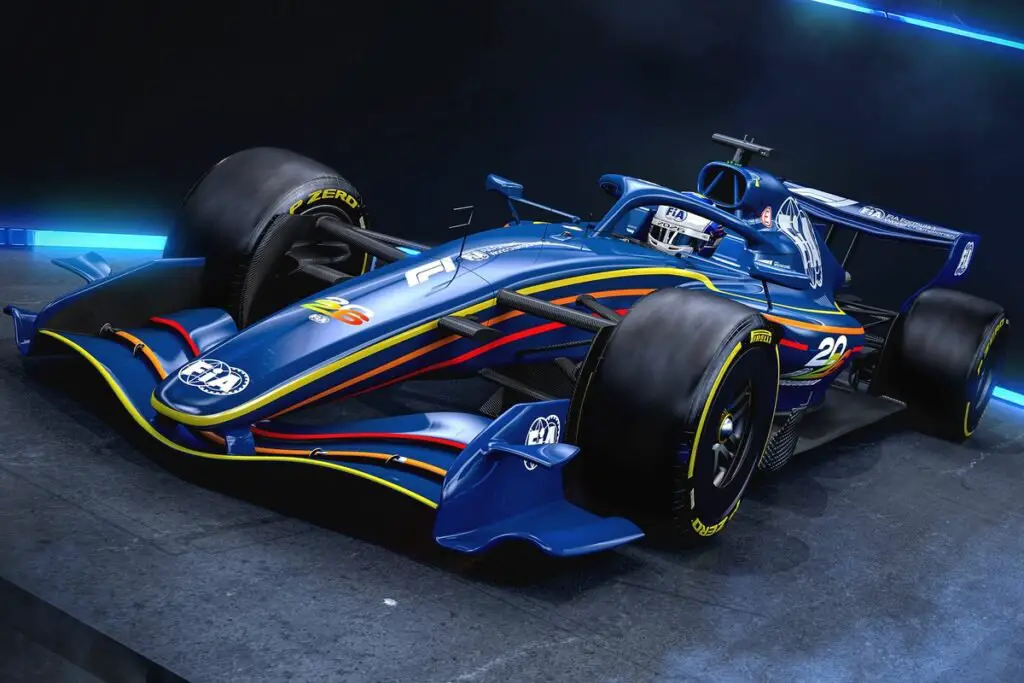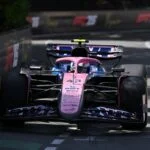F1’s Electric Power Strategy: Major Changes Ahead
The world of Formula 1 is gearing up for some significant changes in its power unit regulations, with the F1 Commission confirming its commitment to these new rules that will take effect next season. These regulations were approved by the FIA back in 2022, and engine manufacturers have been working on them for several years prior.
Addressing Battery Deployment Concerns
The FIA has allowed for “minor refinements” to address concerns about cars running out of battery deployment before the end of long straights. To mitigate this risk, a ‘turn down ramp rate’ system is being introduced. This system will prevent cars from using full electric power immediately upon exiting a corner, ensuring a more gradual consumption and a progressive speed increase along straights.
This measure aims to stop drivers from using all energy too early, promoting a consistent electric output throughout the lap. A proposal to bring down the electric energy from 50% (350kW) to 200kW has been made, which could apply to power-sensitive tracks like Jeddah, Monza, Baku, and Las Vegas, or across all circuits.
The Great Debate: Is it a Minor Refinement?
This proposal will be discussed by the F1 Commission on Thursday, but some engine manufacturers are skeptical about whether reducing 150kW of electric power in the race and skewing the balance to just 35% electric energy can be considered a minor refinement.
Not all power unit suppliers share the same viewpoint on these issues. Some argue that F1 had a similar system during its previous turbo era, when cars had more power in qualifying than in races. Red Bull team principal Christian Horner supports the proposal, while Mercedes’ Toto Wolff calls it “a joke”.
Audi and Honda seem unwilling to accept any changes, while feelings are mixed at Ferrari. Team boss Frederic Vasseur admits that some aspects of the new regulations may have been underestimated and urges team bosses not to reject change for the sake of potential competitive advantage.







